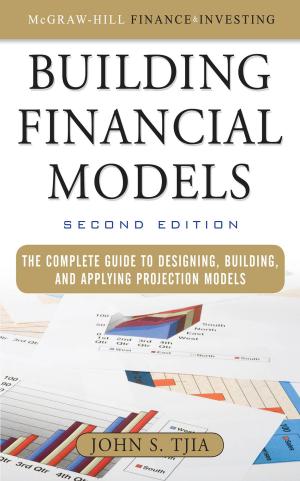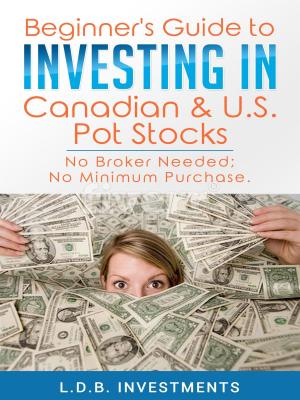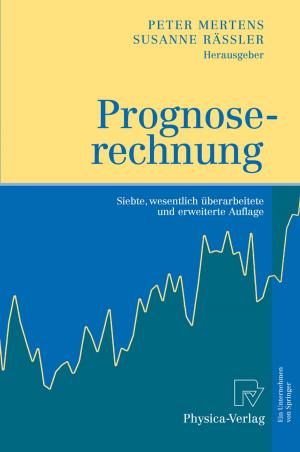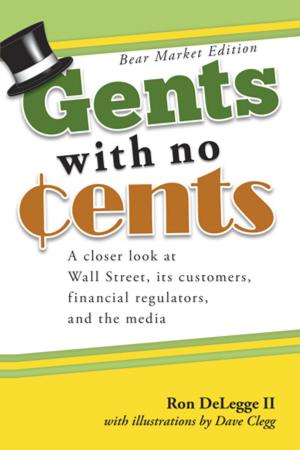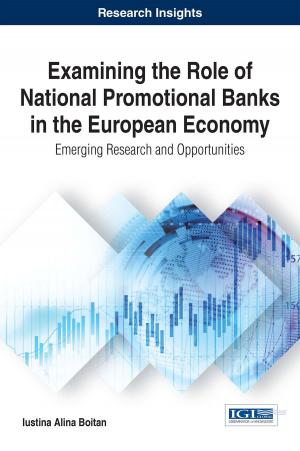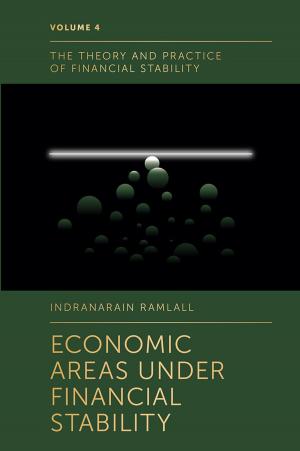Disrupting Wall Street
Discover how automated algorithmic investing is disrupting conventional investment approaches by generating outsized profits using objective, non-emotional strategies.
Business & Finance, Personal Finance, Investing, Finance & Investing| Author: | Greg Kolodziejzyk | ISBN: | 1230001822298 |
| Publisher: | Greg Kolodziejzyk | Publication: | August 28, 2017 |
| Imprint: | Language: | English |
| Author: | Greg Kolodziejzyk |
| ISBN: | 1230001822298 |
| Publisher: | Greg Kolodziejzyk |
| Publication: | August 28, 2017 |
| Imprint: | |
| Language: | English |
Learn:
-
Why do automated algorithmic investments outperform stocks and mutual funds?
-
How do algorithmic trading systems work?
-
Step by step tutorials on developing 3 algorithmic systems:
a. Does the full moon effect investor emotions? The result will surprise you!
b. Why "buying low" & "selling high" doesn't work.
c. How to develop a "seemingly" profitable trading strategy based on random price data! Don't be fooled by over optimization.
- Learn about the dangers of curve fitting, and how to avoid it using a Monte Carlo simulation.
- How to develop a highly profitable trading approach based on breakouts from trading ranges.
- How AlgoLab Automated Trading in the Cloud makes investing in these lucrative algorithmic trading strategies easy.
- A close-up look at the phenomenal 69% return from our first year of trading AlgoLab.
I’ve been trading the markets for decades. So many years of trial and error and I can’t even begin to estimate how many trading books I’ve devoured over the years. Finally I feel like I have a very solid understanding of the markets, and algorithmic trading strategies and most importantly have learned how to interpret the difference between bogus curve fitted magical systems that are less than useless (they are destructive because they can cost you a fortune), and valuable strategies that extract profits from tradable markets. In fact, I’ve even developed an entire software platform that automates the trading of my strategies.
Part 1 of this book tells the story of how I got here, and the fallacy of investing in Wall Street's mutual funds. I also explain what algorithmic investing actually is, and then describe the steps required to develop an algorithmic strategy, while taking the reader through the development and testing of an entire trading strategy - a strategy based on taking trades during certain moon phases. Yes - that sounds silly, but I chose that because my original goal was to use a bogus trading methodology that my curve fitting test would identify as such. But I was in for a surprise, and I’m sure you will be just as shocked as I was. Note that I just said “development AND TESTING”. The testing part of a new trading strategy is far more important than the development of it. You will see why in the chapters ahead.
Part 2 of this book is where we use the development and testing steps that we learned in Part 1 and develop 2 complete algorithmic trading strategies from scratch with tutorials. The remainder of part 2 describes some of the software packages available if you wanted to actually author and test your own strategies, as well as a list of software vendors who publish solutions required to process trading system rules, backtest strategies using historical data, and place orders through a broker.
Today's investing industry professionals have learned that there are many highly respectable algorithmic investing firms that have proven the profitability of an objective, backtested algorithmic approach to investing.
Take Renaissance technologies’ Medallion Fund for example. The fund, which used mathematical models to explore correlations from which they could profit is famed for one of the best records in investing history, returning more than 35 percent annually over a 20-year span. From 1994 through 2014 the fund averaged a 71.8% annual return. Medallion is now closed to outside investors. Along with Renaissance, the funds that are earning the best returns today are doing so using computer models. According to Alpha magazine, eight of the ten top earners on Alpha’s rich list are algorithmic based, and half of the 25 richest of the year are quants.
And when you compare the incredible performance of the algorithmic based funds to the lackluster mutual funds that I talked about in chapter 2, it becomes obvious that we are in the midst of one historic hell of a disruption.
Learn:
-
Why do automated algorithmic investments outperform stocks and mutual funds?
-
How do algorithmic trading systems work?
-
Step by step tutorials on developing 3 algorithmic systems:
a. Does the full moon effect investor emotions? The result will surprise you!
b. Why "buying low" & "selling high" doesn't work.
c. How to develop a "seemingly" profitable trading strategy based on random price data! Don't be fooled by over optimization.
- Learn about the dangers of curve fitting, and how to avoid it using a Monte Carlo simulation.
- How to develop a highly profitable trading approach based on breakouts from trading ranges.
- How AlgoLab Automated Trading in the Cloud makes investing in these lucrative algorithmic trading strategies easy.
- A close-up look at the phenomenal 69% return from our first year of trading AlgoLab.
I’ve been trading the markets for decades. So many years of trial and error and I can’t even begin to estimate how many trading books I’ve devoured over the years. Finally I feel like I have a very solid understanding of the markets, and algorithmic trading strategies and most importantly have learned how to interpret the difference between bogus curve fitted magical systems that are less than useless (they are destructive because they can cost you a fortune), and valuable strategies that extract profits from tradable markets. In fact, I’ve even developed an entire software platform that automates the trading of my strategies.
Part 1 of this book tells the story of how I got here, and the fallacy of investing in Wall Street's mutual funds. I also explain what algorithmic investing actually is, and then describe the steps required to develop an algorithmic strategy, while taking the reader through the development and testing of an entire trading strategy - a strategy based on taking trades during certain moon phases. Yes - that sounds silly, but I chose that because my original goal was to use a bogus trading methodology that my curve fitting test would identify as such. But I was in for a surprise, and I’m sure you will be just as shocked as I was. Note that I just said “development AND TESTING”. The testing part of a new trading strategy is far more important than the development of it. You will see why in the chapters ahead.
Part 2 of this book is where we use the development and testing steps that we learned in Part 1 and develop 2 complete algorithmic trading strategies from scratch with tutorials. The remainder of part 2 describes some of the software packages available if you wanted to actually author and test your own strategies, as well as a list of software vendors who publish solutions required to process trading system rules, backtest strategies using historical data, and place orders through a broker.
Today's investing industry professionals have learned that there are many highly respectable algorithmic investing firms that have proven the profitability of an objective, backtested algorithmic approach to investing.
Take Renaissance technologies’ Medallion Fund for example. The fund, which used mathematical models to explore correlations from which they could profit is famed for one of the best records in investing history, returning more than 35 percent annually over a 20-year span. From 1994 through 2014 the fund averaged a 71.8% annual return. Medallion is now closed to outside investors. Along with Renaissance, the funds that are earning the best returns today are doing so using computer models. According to Alpha magazine, eight of the ten top earners on Alpha’s rich list are algorithmic based, and half of the 25 richest of the year are quants.
And when you compare the incredible performance of the algorithmic based funds to the lackluster mutual funds that I talked about in chapter 2, it becomes obvious that we are in the midst of one historic hell of a disruption.


